- Category
- Latest news
New North Korean Warships Are All Show, but No Go—And Russia May Be Behind the Curtain
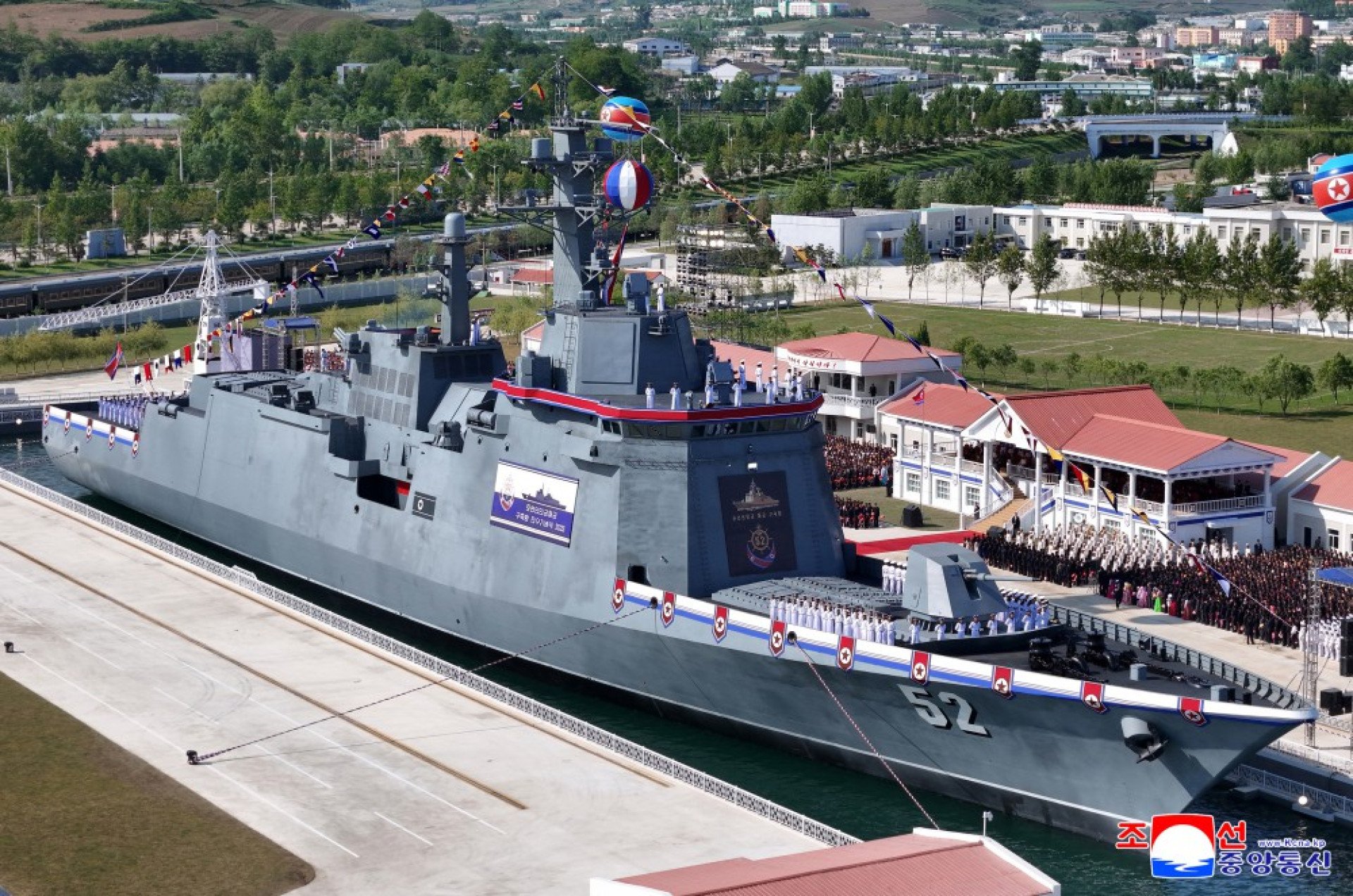
North Korea has launched two of its most advanced warships in record time—likely with help from Russia, according to defense analysts—but there are growing doubts over whether these missile-equipped destroyers can actually sail under their own power.
The two vessels, both part of the new Choe Hyon-class, were launched in April and May this year, with the May launch that ended up as a failure after the ship capsized during its debut ceremony—an event attended by North Korean leader Kim Jong Un, The Wall Street Journal reported on June 25.
The vessel was later salvaged in early June.
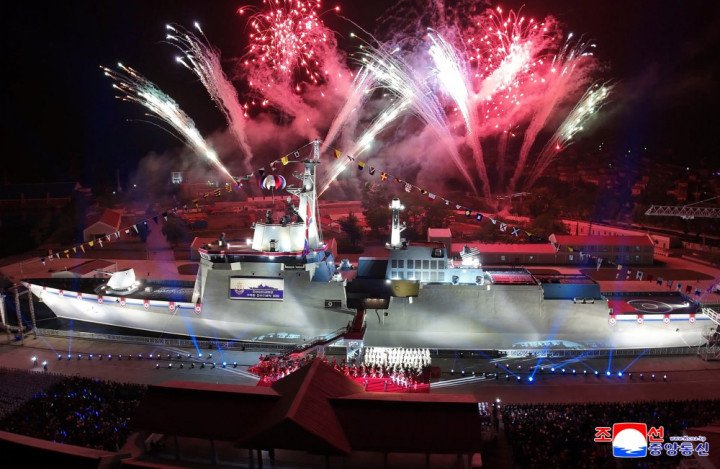
These are the most heavily armed warships North Korea has ever unveiled, and Pyongyang claims they were built in just 13 months—an extraordinarily short timeline that experts say would not be feasible without foreign assistance.
Russian design fingerprints all over
According to Mike Plunkett, a senior naval analyst at defense intelligence firm Janes, there is clear evidence of Russian involvement in the design and construction of the destroyers.
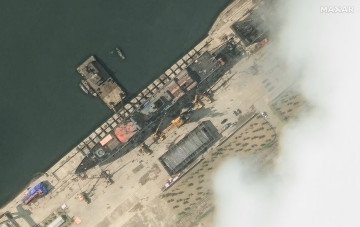
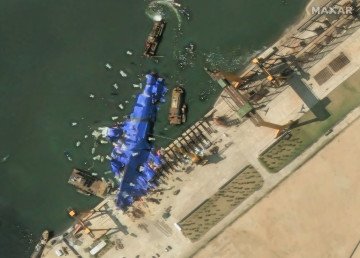
“These ships resemble Russia’s Admiral Grigorovich-class frigates (Project 11356), particularly in the shape of the bow and stern,” Plunkett told The Wall Street Journal. “The hull lines, especially the chine [the intersection of the hull and sides], are virtually identical.”
One striking detail: the North Korean destroyers appear to be fitted with the Pantsir-M, a Russian close-in air defense system never before seen on a foreign navy vessel. If verified, it would mark the first deployment of the Pantsir-M outside of the Russian fleet.
Plunkett also noted that extending the length of the hull by 20 meters—something the North Koreans have done—would be “impossible” without outside technical expertise. This extension allows for additional missile and gun systems, making the destroyers some of the most heavily armed platforms in North Korea’s arsenal.
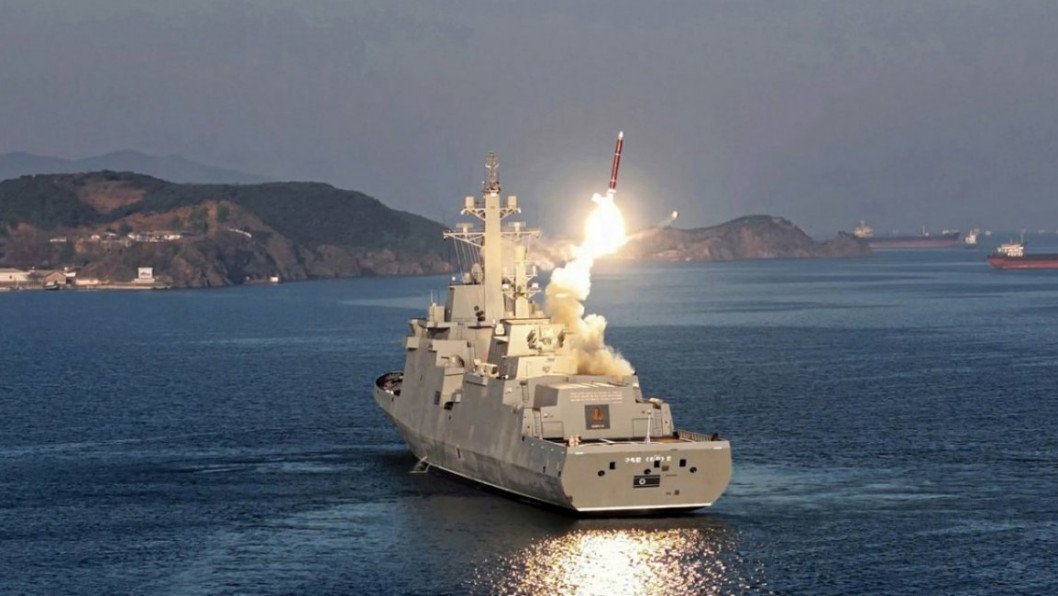
Fast build, but likely a floating shell
Pyongyang boasted that the first destroyer was built in just over 400 days—a pace faster than China (18 months), the United States (2 years), or even Russia (up to 11 years) typically achieves for similar classes of warships.
But this lightning-fast timeline has raised suspicions.
“There’s strong reason to believe the ships have no engines,” Plunkett said, pointing to several clues: video footage shows all ventilation intakes—needed for engine room cooling—are sealed off with metal plates. Publicly released footage also shows the destroyers being moved only with tugboats, never under their own power.
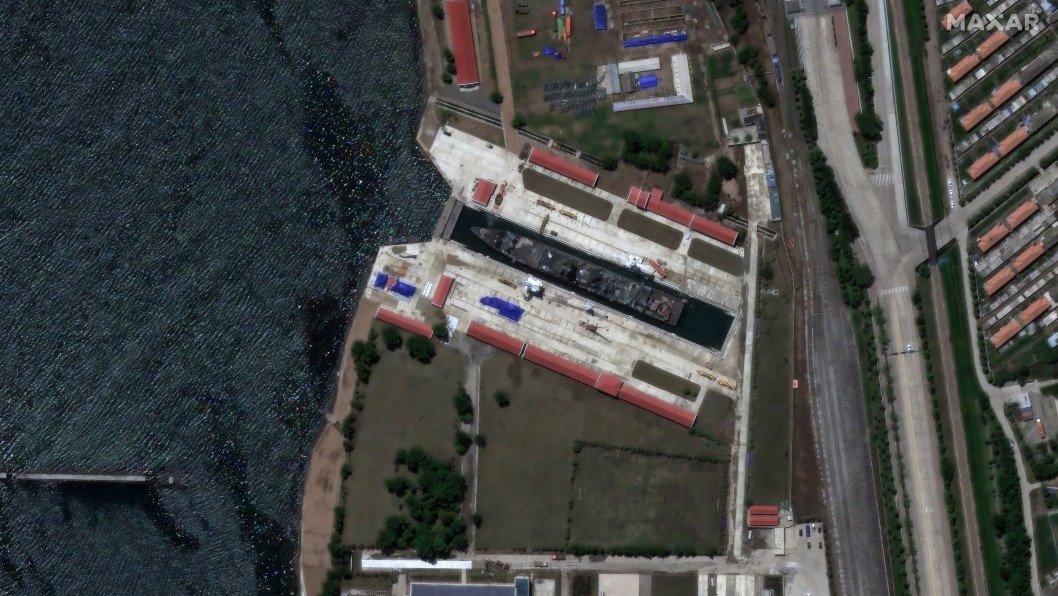
One of the destroyers also sits unusually high in the water—likely because it lacks full combat loading of missiles, shells, and fuel. Still, the extreme difference between the ship’s waterline and actual draft has caught analysts’ attention.
Despite these limitations, North Korean media have shown the destroyers launching missiles, indicating the weapon systems are at least partially functional.
A new axis of military exchange?
The timing of the destroyers’ construction aligns closely with deepening ties between Vladimir Putin and Kim Jong Un. Kim visited Russia’s Pacific Fleet base in Vladivostok in 2023. Eighteen months later, the first destroyer was in the water.
North Korea has been supplying artillery shells and rockets to Russia for use against Ukraine.
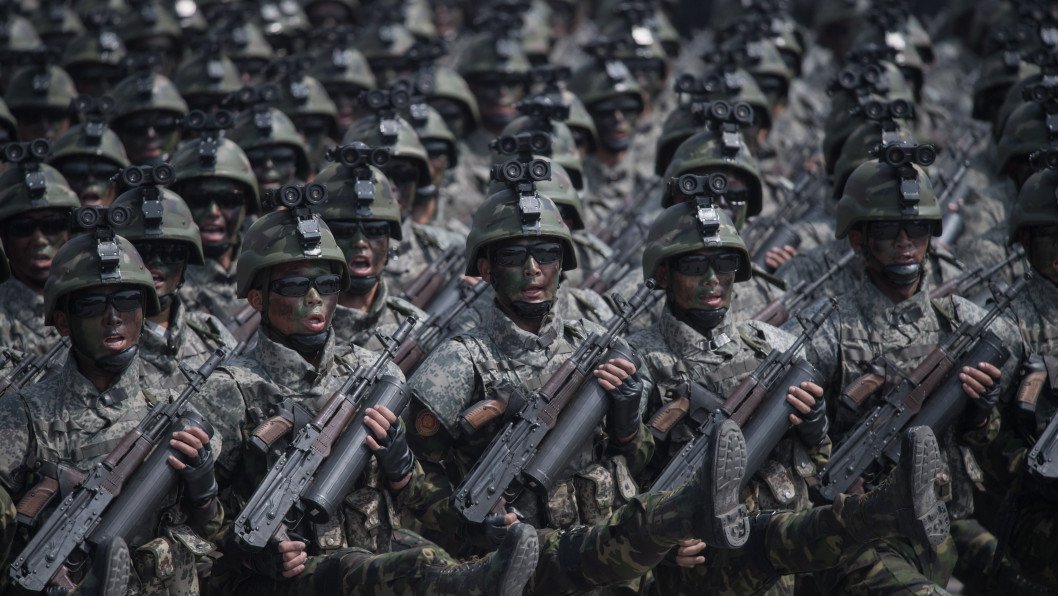
In return, Moscow appears to be offering advanced military design support and possibly weapons systems, raising serious concerns among Western security officials about the durability of international sanctions and the emergence of a new military-technological axis between Pyongyang and Moscow.
Earlier, North Korea had moved a newly launched destroyer, damaged during a botched launch in May, to a port near the Russian border, which could signal Russian involvement in the vessel’s repair.
Satellite images taken by Maxar Technologies show the 5,000-ton destroyer in dry dock at Rajin, a port within North Korea’s Rason special economic zone, which borders Russia. The unnamed warship capsized on May 21 when its stern slid into the water while the bow remained stuck on land, causing the ship to roll onto its side in a launch failure.
Though Rajin lacks the heavy shipbuilding capabilities of Chongjin, where the accident occurred, it does have infrastructure for light repairs and maintenance. But more importantly, analysts say, Rajin’s location makes it a strategic gateway for North Korea’s deepening relationship with Moscow.


-ce9a134791207c81306f56ab3d75ffb6.jpg)
-72b63a4e0c8c475ad81fe3eed3f63729.jpeg)
-45ed3be17a7bb74903649ed9258196f8.jpg)

